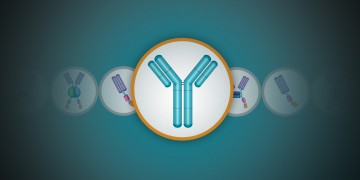
Trends in Antibody Generation Techniques — the Fully Synthetic Human Combinatorial Antibody Library (HuCAL®) Technology
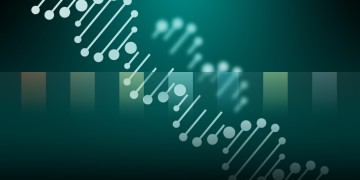
CRISPR: The Hopes, the Fears, and the Biology

The Youth Factor: It’s in Your Blood

Next Generation Computers: Transforming Cells into Autonomous Computing Devices
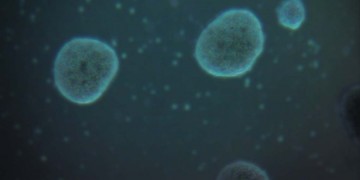
Too Many Questions, Too Little Sample: Developing a Real-Time PCR Workflow for Monitoring Gene Expression in Limited Samples
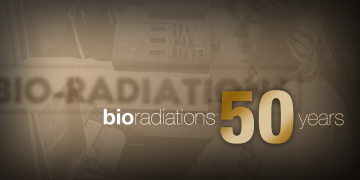
Bioradiations Looks Back: 50 Years as Bio-Rad’s Life Science Resource

Investigating Cancer Stem Cells with the S3™ Cell Sorter

Top Stories of 2014 — Bioradiations Year in Review
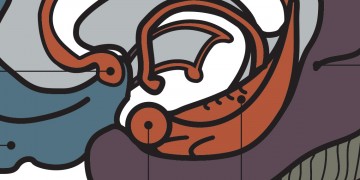
The Brain’s GPS — Unraveling the Functioning of Our Navigation System


